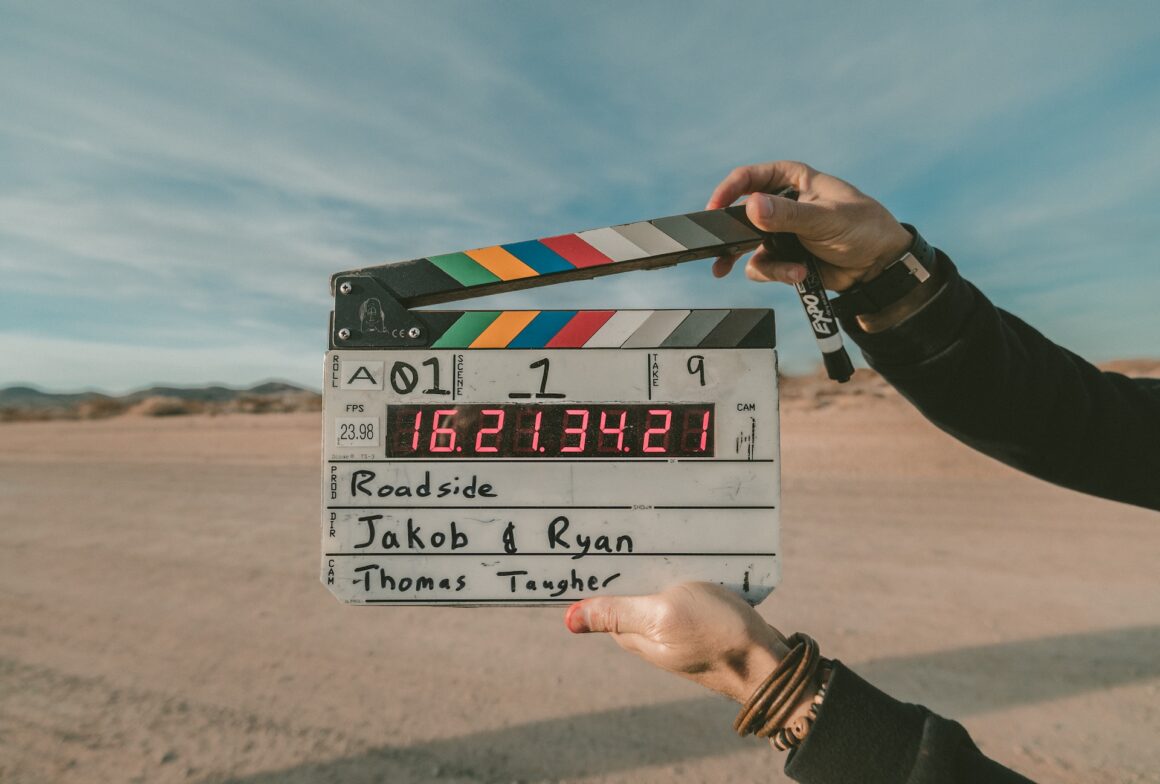Art is powerful. It has the power to bring on fresh perspectives, to shine a light on topics that too often go under the radar, and has the ability to shape the way the public thinks about the world. But recently, the arts have been under attack by the Trump administration. Although Republicans have often stated that organizations like the NEA are ‘wasteful’ with tax money, President Trump has gone a step further and has threatened to defund the program, along with PBS and NPR. His reasoning? To cut back on spending. (Although these programs only make up about 0.02% of the total federal spending.) Although it’s no surprise that Trump doesn’t see the importance of the arts, I’d like to make the case that there’s one group who should see its importance; anti-Trump protestors. In fact, the arts may be the best weapon we have in the resistance against Trump, and it’s a weapon that’s been proven effective before.
In the 1960’s, one of the most turbulent times in the United States, Bob Dylan inspired an entire generation to protest against Vietnam with his music. Songs like ‘The Times They Are A-Changin” and ‘Blowin’ in the Wind’ influenced the youth of a nation to make signs and resist a war they felt they had no business being in. That influence is still felt to this day, with former vice president Al Gore attributing Dylan to shaping his ‘political consciousness.’ Other musicians, such as the band Creedence Clearwater Revival continued to lead the protest with songs like ‘Fortunate Son.’ In Hollywood, televisions shows were taking their platform and using it to popularize ideas without the public even knowing by masquerading their viewpoints with entertainment. The show ‘M.A.S.H.’, though it was set during the Korean war, was talking about the Vietnam war and gave their audience a look into the horrors of war and what it can mean to soldiers, civilians and their families. Mary Tyler Moore took her show and popularized the idea of an independent woman who can have a career and live by herself in a time when it wasn’t the norm to do so. Shows like The Jeffersons showed white America that people of color have the same issues and values that they do, and broke down color walls.
Literature has also been a key in sparking social change. Harper Lee’s ‘To Kill a Mockingbird’ put a spotlight on racism and the toxic nature of American court systems against people of color. Going back even further, the iconic novel ‘Uncle Tom’s Cabin’ has been sighted as the main influence for starting the Civil War. Art, when done in repetition like this, becomes public consciousness. Today, the ideas of women being independent, anti-racism, and anti-draft are widely held in our culture, and it’s because these artists took the platform they held and their talents and popularized them.
Today, we can use those same tactics in our shows, music, and literature to fight back against what we don’t believe to be right. The best part? We already have artists in our popular culture leading the way. During the 2016 Presidential Campaign, Hillary Clinton worked with fashion designers like Marc Jacobs to create high quality and creative campaign shirts, one of which was worn by Vogue fashion editor Anna Wintour. Lady Gaga uses her music to promote inclusiveness of the LGBT community. At the 2017 Brits Awards, Katy Perry used her performance to express her dislike for Donald Trump. Leonardo Dicaprio used his talents in the film industry to push the conversation of climate change in his documentary Before the Flood. The next generation of artists are already discovering that the best way to fight hate speech is with more free speech. We’re creating and pushing the conversation to drown out the hate. Art, in all of its different forms, is vital to protest and shape our culture, as history has shown countless times before. Let’s continue to use art to drive the conversation, bring new perspectives, and resist.





Comments are closed.